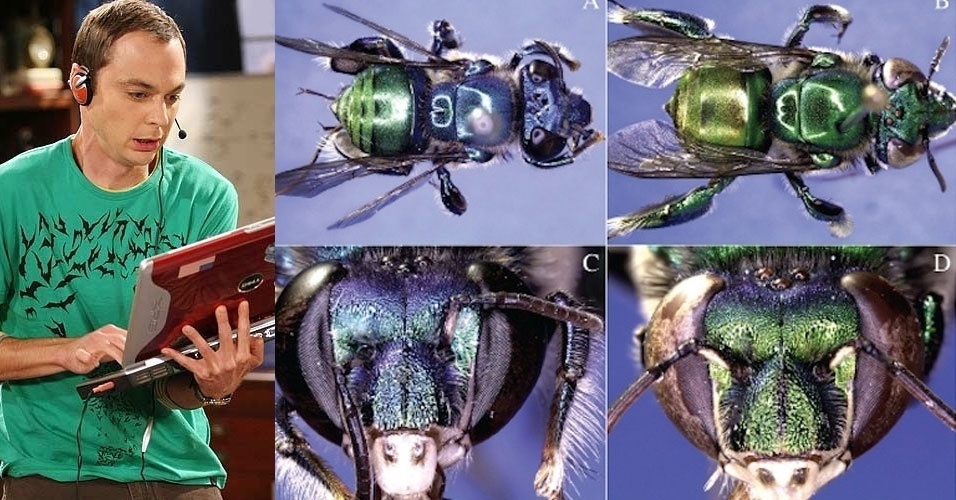Jim Morrison vira "rei lagarto" de 40 milhões de anos
Uma equipe de paleontólogos anunciou nesta terça-feira (4) que batizou um lagarto gigante de mais de 40 milhões de anos de Barbaturex morrisoni, em homenagem ao vocalista da banda The Doors, Jim Morrison, famoso por seu fascínio pelos répteis e pelo xamanismo.
"Eu sou o rei Lagarto. Eu posso tudo", escrevia Jim Morrison em seu poema The celebration of the Lizard. O cantor morreu em 1971, aos 27 anos, em Paris.
Barbaturex morrisoni, cujo fóssil foi encontrado em Mianmar, é um dos maiores lagartos já conhecidos que viveu sobre a Terra, como descrevem os paleontólogos na revista britânica da Royal Society.
Ele media cerca de 1,80 metro da cabeça até a cauda, pesava até 30 kg e era herbívoro. O fóssil data do Eoceno Médio-Superior, um período em que a Terra era tão quente que não havia gelo nos polos. Barbaturex, que significa "rei barbudo", remete às cristas na parte inferior do maxilar do lagarto, que lembram uma barba.
"Nós acreditamos que o clima quente durante esse período tenha permitido a evolução de lagartos de grande porte, herbívoros, capazes de rivalizar, eficazmente, com os mamíferos", declarou Jason Head, da Universidade do Nebraska-Lincoln, nos Estados Unidos, que conduziu o estudo.





















ID: {{comments.info.id}}
URL: {{comments.info.url}}
Ocorreu um erro ao carregar os comentários.
Por favor, tente novamente mais tarde.
{{comments.total}} Comentário
{{comments.total}} Comentários
Seja o primeiro a comentar
Essa discussão está encerrada
Não é possivel enviar novos comentários.
Essa área é exclusiva para você, , ler e comentar.
Só s do UOL podem comentar
Ainda não é ? Assine já.
Se você já é do UOL, faça seu .
O autor da mensagem, e não o UOL, é o responsável pelo comentário. Reserve um tempo para ler as Regras de Uso para comentários.